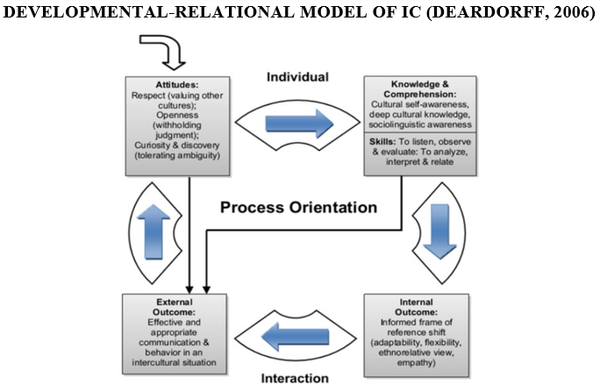Human Subjects Research

Quasi-experimental research design and convergent mixed-methods approach are two crucial methodologies employed in educational research, particularly when random assignment of participants to intervention and control groups is not feasible due to ethical or practical constraints.
Quasi-experimental research design is a valuable method option when researchers use, for example, two sections of the same course for comparison. The assumption is that study participants in these sections do not differ systematically, and the researchers conduct a careful examination of pre-intervention results and class demographics to validate this assumption. They account for confounding factors to ensure that any observed differences between the intervention and control groups can be reasonably attributed to the intervention itself, establishing a quasi-causal relationship.
To further strengthen the robustness of their research, investigators employ a convergent mixed-methods approach. This approach involves collecting both quantitative and qualitative data, analyzing each set of data independently, and then integrating the findings to provide a comprehensive understanding. Quantitative data may include numerical measures obtained through assessments and surveys, while qualitative data may involve insights gained from interviews, observations, or open-ended survey responses.
The integration of multiple assessment tools contributes to a more nuanced and holistic exploration of the research question. By employing mixed methods, a study not only quantifies the impact of the intervention but also captures the rich contextual information and participants' experiences, providing a more comprehensive understanding of the research phenomena.
Via the convergent mixed-methods approach, researchers triangulate findings, comparing and contrasting results from different data sources. This triangulation enhances the validity and reliability of the study by corroborating evidence and addressing potential biases associated with a single method. The synthesis of quantitative and qualitative data offers a deeper insight into the effectiveness and impact of the intervention on the targeted outcomes.
In summary, the combination of quasi-experimental research design and convergent mixed-methods approach in educational research projects provides a robust framework for investigating the impact of an intervention program. This methodological approach addresses the challenges posed by the inability to randomly assign participants and ensures a thorough exploration of the research question through a combination of quantitative and qualitative analyses.





